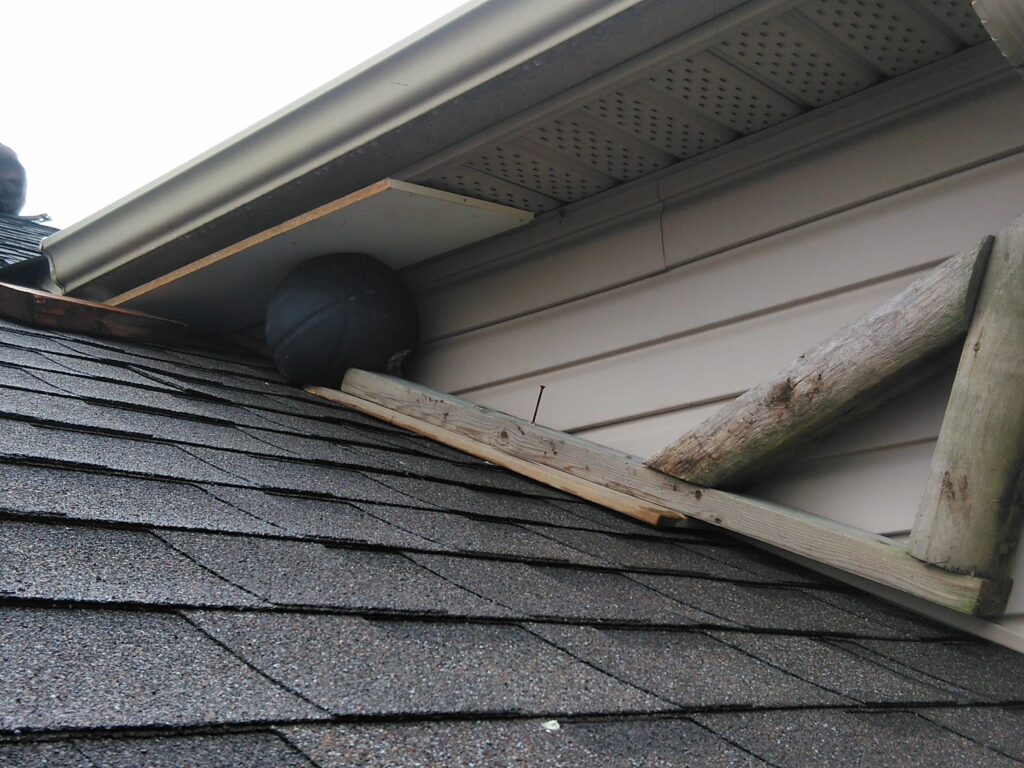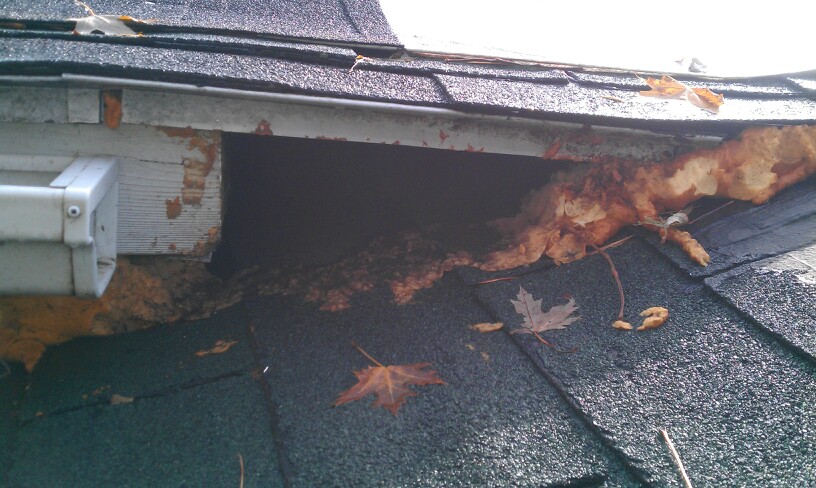When a critter such as a raccoon or squirrel enters your home uninvited, you contact wildlife control. With wildlife control services, you have access to the professionals that can assist you with the removal of the creature. Once removed, you will no longer have a pest problem and the technician will help even more by providing preventative measures to ensure that similar pests do not enter your home in the future.
For many homeowners who have never experienced an infestation of mice or other creatures, they might decide to take their own DIY prevention methods and put them to use. While taking prevention techniques and applying them to the home are good, there are certain things that homeowners just shouldn’t do, but easily make the mistake of doing. Continue reading to see what you should and should not do in efforts to prevent wildlife from entering the home.
Do’s
To begin, you should secure the interior and exterior of the home. Take a walk outside and begin with the exterior. Be sure that garbage can lids are secured tightly as they can be a food source for raccoons or skunks. Bird feeders can also be a food source for raccoons and squirrels so if you find such feeders disturbed, remove them until the critter moves on.

This homeowner was using a basketball and some wood in an attempt to keep raccoons out
Look at the trees in your yard. If branches are close to the roofline, have them cut back. Squirrels and raccoons can use these branches to gain entry to your attic space. Also look along the roof area for entry points. Vents and soffits can easily be covered with wire mesh grating to continue to function as normal but not be entry points for bats, raccoons, squirrels and other critters.
For smaller pests such as mice and rats, you want to be sure that your clean up any food items from the kitchen and avoid leaving food out on the counters. Take out garbage regularly and do not leave any food sources out for mice to call their own.
Don’ts

Spray is no match for the teeth and paws for a raccoon
Okay, so now on to what not to do. Many homeowners choose to use chemical repellants or traps, such as mouse traps, in order to catch any critters if they decide to enter the home. These options are considered inhumane as they may harm the pest as well as pets or children in the home. These methods are short-term in nature and don’t do a lot to prevent other wildlife from re-infesting.
Don’t try to catch any animals yourself if you spot something in the home. Removal is best left to animal control. You can be scratched or bitten while trying to remove a wild animal and this can lead to infection or disease. Trained individuals are your best option for removing wildlife from the home.
At Skedaddle Humane Wildlife Control, we can help you remove unwanted pests from the home as well as work to prevent creatures from gaining access in the future. Contact our office today for any of your wildlife control needs.


